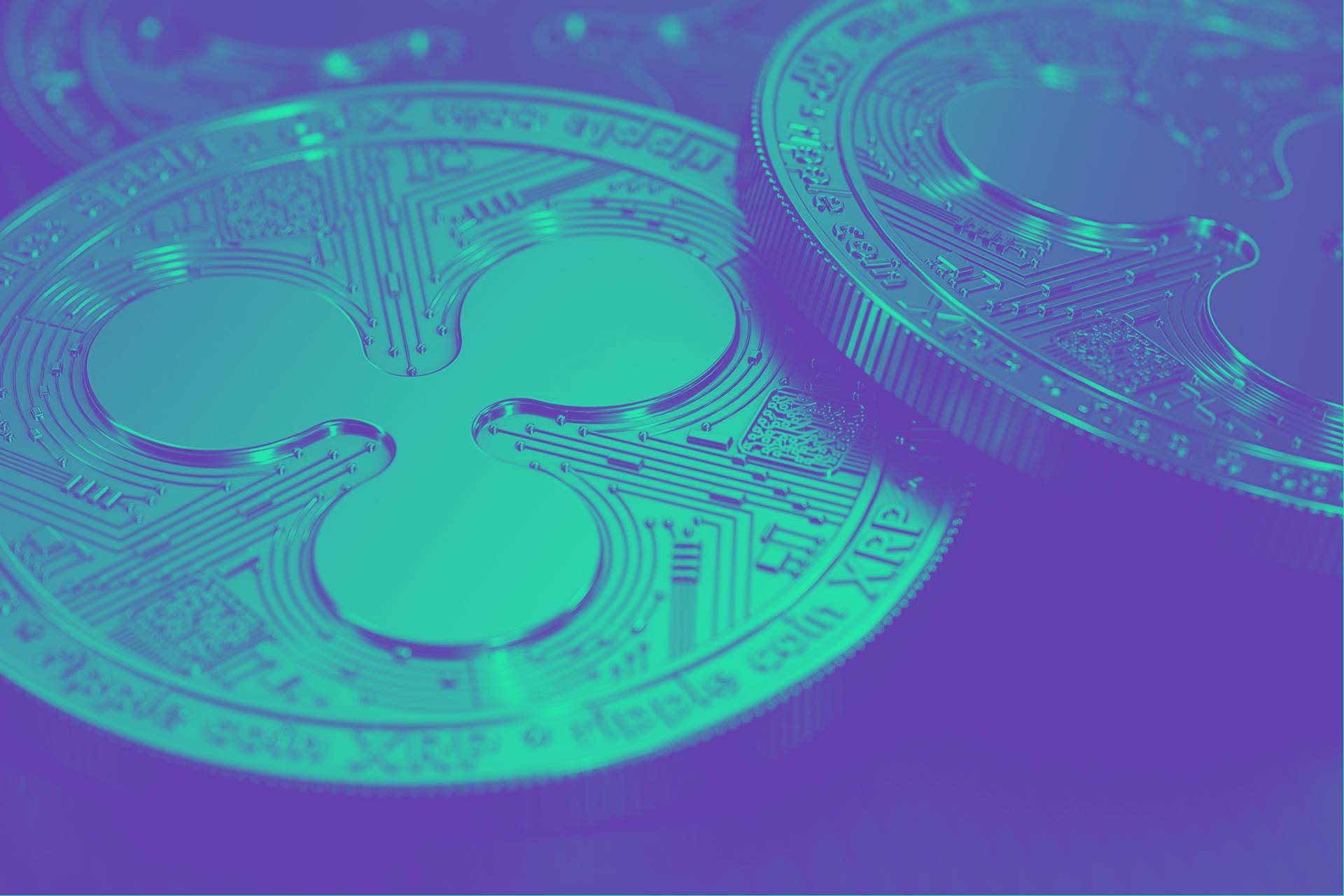- The Clawback feature aims to improve issuers’ control over their distributed assets
- Its pluses include regulatory compliance, risk management, and stablecoin integrity
- It allows issuers to interfere with users' holdings
Almost 100% of unique XRP validators have voted in favor of the Clawback proposal, which the ecosystem intends to implement on the XRP Ledger (XRPL) on Feb. 8, 2024, Cointelegraph wrote, citing an official post.
The Clawback feature aims to improve issuers’ control over their distributed assets. If they lose access to their accounts or a fraudulent activity occurs, for example, they will be able to “claw back” funds from linked accounts.
Some entities are required by law to be able to recover tokens they have issued after distribution of same to different accounts. For instance, an issuer should recover funds if they found that tokens were sent to an account implicated in illegal acts.
Resolving legal disputes
According to Ripple CTO David Schwartz, the Clawback feature would allow token issuers to get a specific amount of the issued tokens back from current holders. This would help resolve legal disputes and comply with court orders.
He explained that the Clawback feature was different from the Freeze feature, which is already available in the XRP Ledger. Without it, companies might have to freeze all assets, resulting in major disruptions and even potential financial losses.
Other pluses – and some minuses
As with any major update to a blockchain, the Clawback feature has its set of pluses and minuses, both short- and long-term.
The pluses include regulatory compliance, risk management, and stablecoin integrity. In case of fraud or a security breach, issuers can recover funds without having to completely freeze the pools. Clawback would enable selective reversal of transactions with tokenized assets which unexpected regulatory changes have affected.
Finally, token issuers would be able to selectively reclaim and reissue tokens, which would be convenient in case of a market downturn impacting the underlying real-world asset value.
As a downside, issuers could interfere with users’ holdings. Moreover, the addition of the Clawback feature would complicate the XRPL, particularly for non-technical users.












